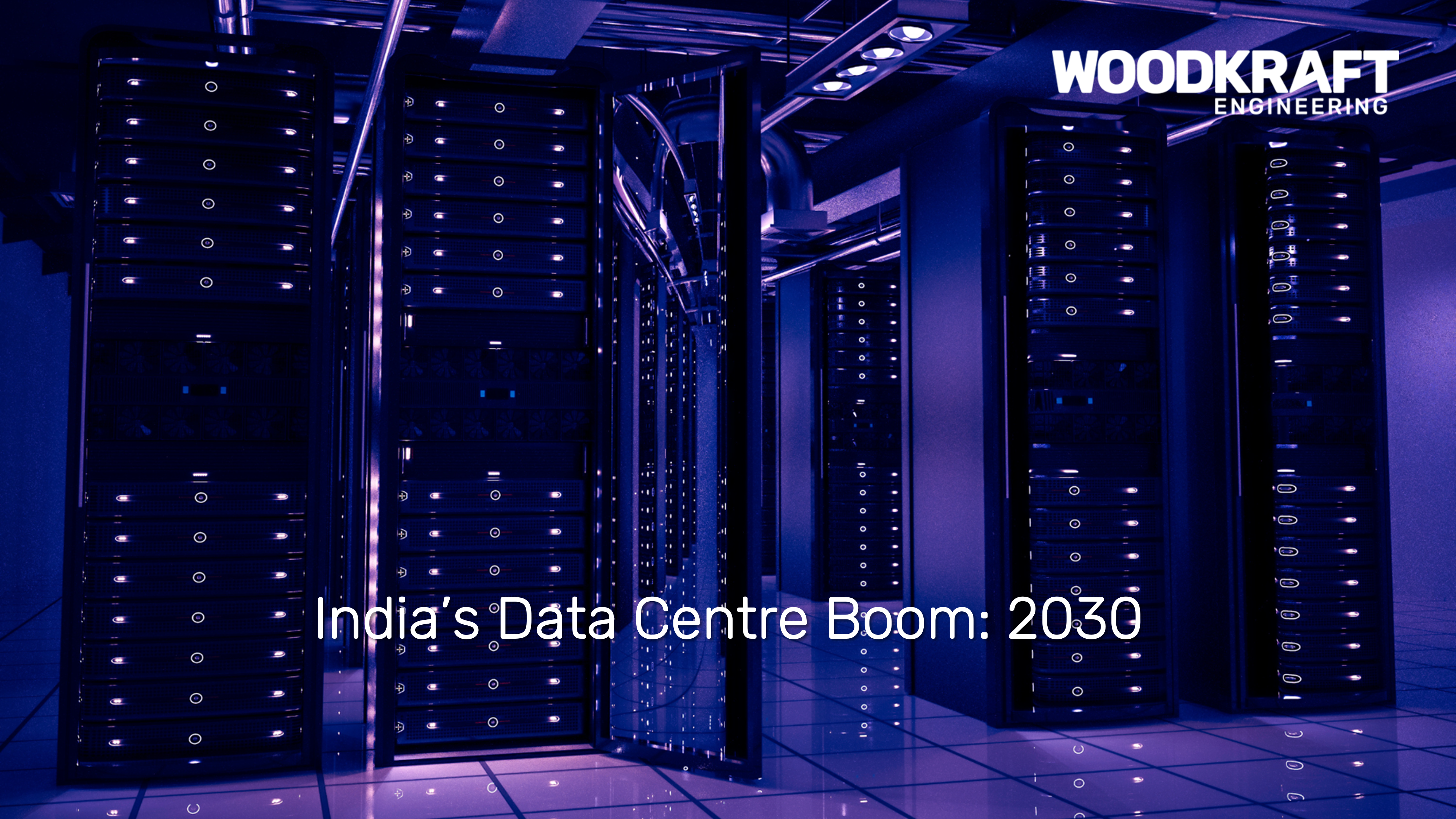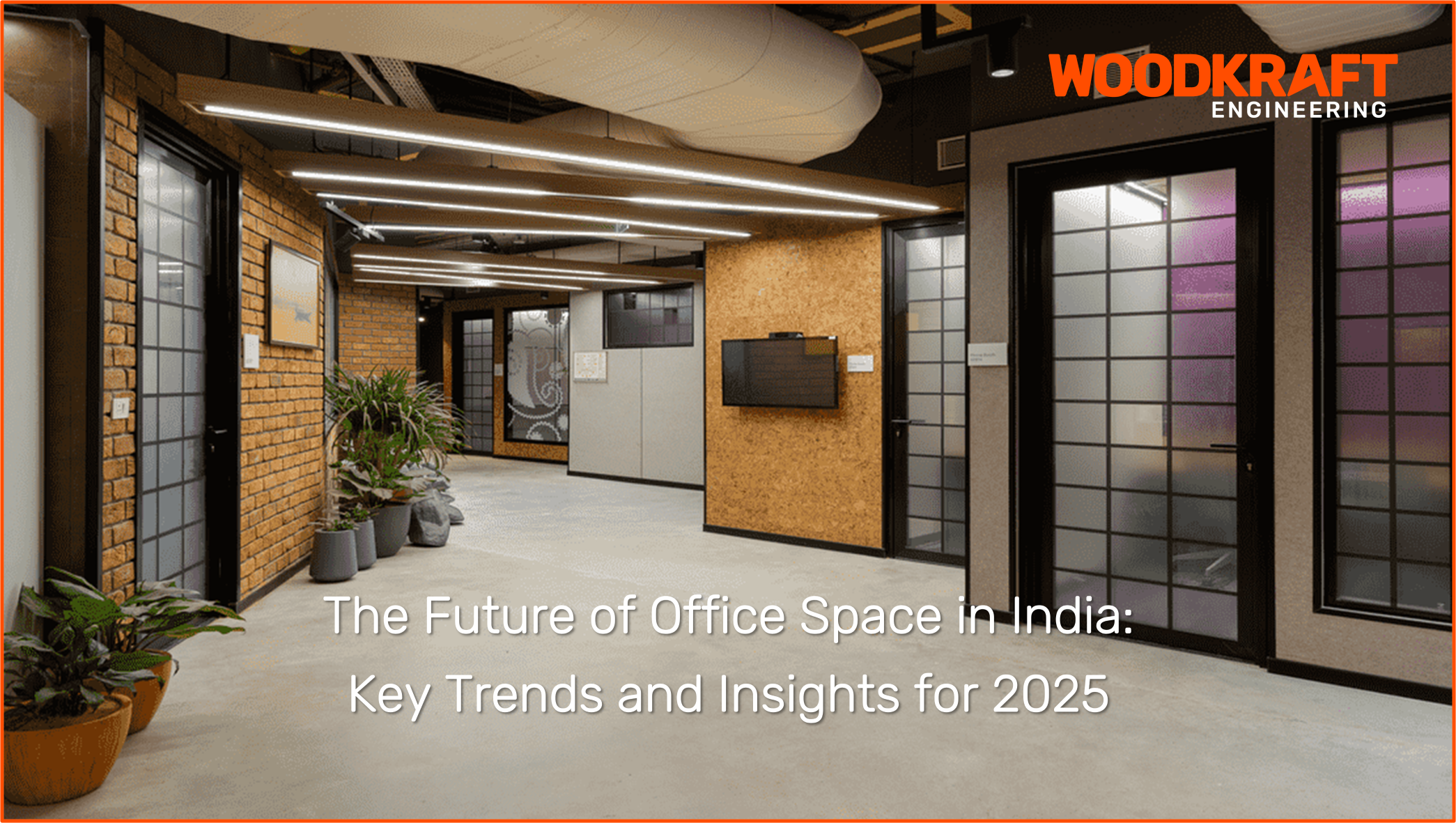BLOGS
Real Estate Opportunities in India’s Education Sector: A Market Poised for Growth
November, 2024
India’s education sector is on the brink of a transformative expansion. A recent report by CBRE estimates a real estate demand exceeding 4 billion square feet over the next decade, driven by a 1.2-fold increase in student enrolments across K-12 and higher education sectors, which are expected to reach 360 million by 2035. This remarkable growth presents unparalleled opportunities for investors, developers, and educational institutions to build infrastructure that supports the demands of a modern educational ecosystem.
Understanding the Market Landscape
India’s educational infrastructure currently comprises approximately 1.49 million K-12 schools serving 265 million students and nearly 59,000 higher education institutions with a student body of 43 million. Despite this vast network, infrastructure developments have struggled to keep pace with the surging demand, driven largely by population growth and government incentives aimed at improving literacy and education quality.
The rapid expansion of the sector places real estate in a pivotal role. Developers and investors are positioned to shape India’s educational future by creating sustainable, flexible, and inclusive learning spaces that cater to diverse educational needs and evolving teaching methodologies.
Key Drivers of Growth in Education Real Estate
- Increasing Student Enrolments
India’s rising population and the growing recognition of education’s role in socio-economic advancement are pushing more students into classrooms annually. This surge in student numbers necessitates additional physical space, which is expected to become critically needed in the coming decade. - Favourable Government Policies
Policies like the National Education Policy (NEP) 2020 aim to increase the gross enrolment ratio in higher education from 26.3% to 50% by 2035. Additionally, government funding initiatives, such as PM POSHAN and Samagra Shiksha Abhiyan, have strengthened infrastructure for schools and encouraged private investment, making the sector ripe for real estate expansion. - Demand for Quality Infrastructure
A rising preference for quality education is steering parents toward private and international schools, often located in urban centres and equipped with better facilities. This trend has created significant demand for private educational institutions and their supporting infrastructure, opening doors for developers to build and upgrade campuses to cater to quality-conscious audiences. - Emergence of Tier-2 and Tier-3 Cities as Education Hubs
As metropolitan areas reach saturation, the next wave of growth is expected in Tier-2 and Tier-3 cities, where land and construction costs are comparatively lower. These cities offer developers favourable returns on investment, presenting ample opportunities for expanding educational infrastructure in underserved regions.
Trends Shaping the Future of Educational Infrastructure
- Flexible and Collaborative Learning Spaces
Modern educational institutions are moving away from rigid classroom layouts, embracing flexible spaces that support various teaching methods, foster collaboration, and incorporate digital learning. Open spaces for group activities, meeting rooms, and tech-enabled classrooms are becoming common in new-age educational facilities. - Sustainability and Energy Efficiency
Sustainability is now a necessity in educational architecture, with features such as energy-efficient lighting, rainwater harvesting, and natural ventilation reducing environmental impact and operational costs. These green designs not only comply with regulatory standards but also appeal to environmentally conscious students and parents. - Health, Safety, and Inclusivity
Recent years have seen heightened awareness of health, safety, and inclusivity in school and college design. Essential features like improved ventilation, accessible facilities, and universal design principles help ensure that institutions can cater to diverse needs, providing a safe and inclusive environment. - Technology Integration
Technology is transforming educational spaces, with smart classrooms, interactive learning tools, and analytics for tracking student progress. Schools equipped with digital infrastructure are better positioned to support blended learning, integrating in-person and online education seamlessly.
Opportunities Across Real Estate Segments
The demand for educational real estate spans multiple property types, each offering distinct investment opportunities. Here’s a breakdown of the primary segments poised for growth:
- K-12 Schools
With 265 million children in K-12 schools, this segment is foundational to India’s educational system. The demand for greenfield projects and the expansion of existing facilities to meet growing enrolments, especially in regions with limited access to quality education, presents a steady revenue stream for developers. - Higher Education Institutions
Colleges and universities are expanding to meet the rising demand for higher education. Multi-campus models are emerging, offering developers significant opportunities to construct residential campuses and multi-use facilities. Additionally, the rise in international student enrolments is driving demand for facilities that meet global standards. - Student Housing
The growth in enrolments is fuelling demand for student housing, especially near higher education institutions. Developers can capitalize on this demand by creating affordable, comfortable accommodations that cater to student needs, including proximity to campuses and access to essential services. - Vocational and Skill Development Centres
India’s focus on skill development has spurred the establishment of vocational training centres, requiring unique layouts and amenities such as workshops, labs, and training areas. This presents a niche market for real estate development, especially for those specializing in technical education spaces.
Investment Models in Education Real Estate
India’s education sector operates under both ‘not-for-profit’ and ‘for-profit’ models, with multiple investment structures catering to each. Two prominent models include:
- Single-Party Ownership
In this model, a single entity (often a trust or non-profit) owns and operates the institution, managing infrastructure and daily operations. This traditional model is common among established educational institutions. - Multi-Party Models
Given regulatory restrictions around non-profit institutions, multi-party models are gaining traction. These include franchise and management contracts, allowing an infrastructure provider to collaborate with an educational operator. This approach provides long-term revenue potential while enabling cost-efficient expansions through asset-light strategies.
Projected Real Estate Demand in Education: CBRE’s Market Estimation
According to CBRE, India’s education sector will require approximately 4 billion additional square feet by 2035, with 1.5 to 1.8 billion sq. ft. dedicated to K-12 schools and 2.3 to 2.9 billion sq. ft. for higher education facilities. Demographic growth and urbanization are primary factors driving this demand, underscoring the need for developers to cater to India’s rapidly growing youth population by expanding educational infrastructure across the country.
Challenges and Considerations
While the real estate opportunities in education are immense, developers face several challenges:
- Regulatory Compliance
Education is a heavily regulated sector with strict guidelines on land use, infrastructure standards, and safety. Developers must ensure that projects meet national and regional standards to avoid delays and legal issues. - High Initial Capital Requirement
Building educational institutions requires substantial initial investment, particularly for higher education and specialized facilities. Investors must take a long-term view, focusing on sustainable growth rather than rapid profits. - Community and Social Impact
Educational facilities are integral to the community, impacting both local culture and demographics. Developers must consider the socio-cultural context of their projects to ensure they meet community needs and contribute positively to the area.
Conclusion: The Future of Education Real Estate in India
India’s education sector is poised for exponential growth, driven by demographic trends, supportive government policies, and increasing demand for quality education. The projected need for over 4 billion square feet of educational real estate by 2035 reflects the crucial role of real estate in shaping India’s educational future.
Investment in educational infrastructure is more than a business opportunity; it is an investment in India’s youth. By developing sustainable, innovative, and inclusive learning environments, the real estate sector can play a pivotal role in preparing students for a dynamic global economy. As educational institutions evolve, developers who adapt to these changes will find themselves well-positioned to tap into one of India’s fastest-growing markets.
Educational real estate is not merely about construction; it is about creating spaces that inspire learning, foster innovation, and drive social progress. The coming decade will be crucial as developers, investors, and educators collaborate to build infrastructure that empowers India’s future generations. Those who embrace this opportunity will contribute significantly to India’s educational advancement and economic growth, creating lasting, meaningful spaces that inspire learning and innovation for years to come.
Note: This article provides our unique perspective on the trends highlighted in the CBRE report, Exploring the Intersection of Education and Real Estate in India, offering insights into the evolving real estate opportunities and infrastructure demands shaping the future of learning spaces across the country.
Stay inspired, stay informed, and stay connected with Woodkraft.
Follow Woodkraft on LinkedIn for the latest updates and inspiring workspace solutions.






